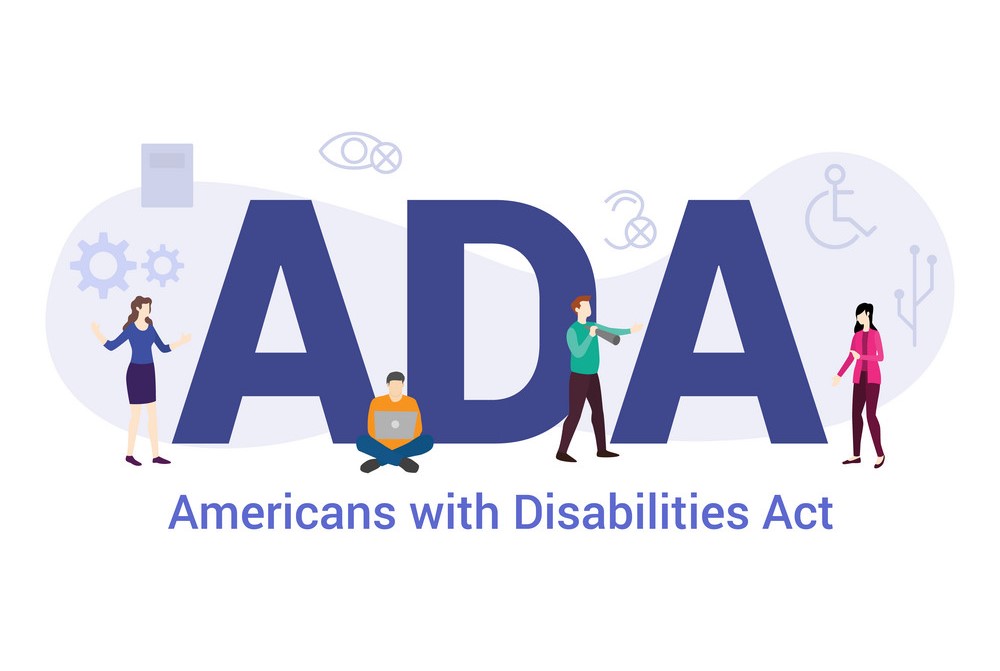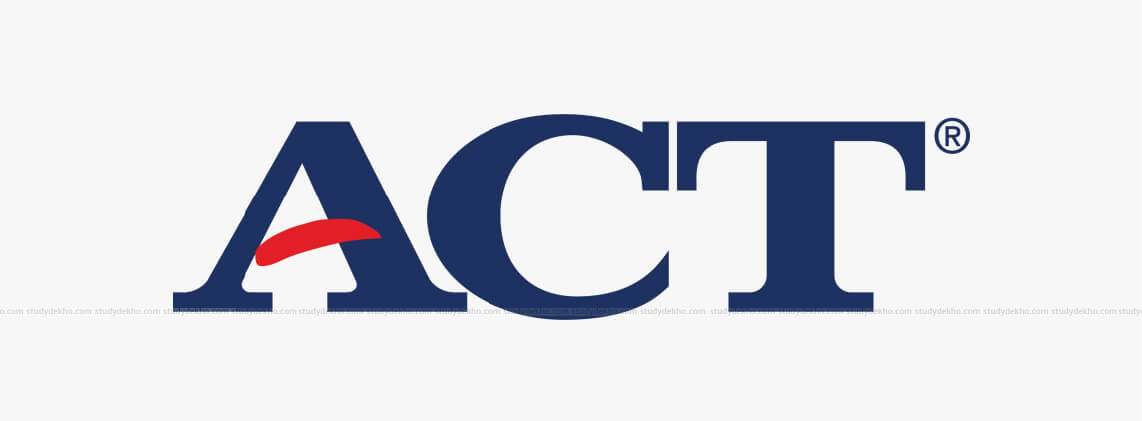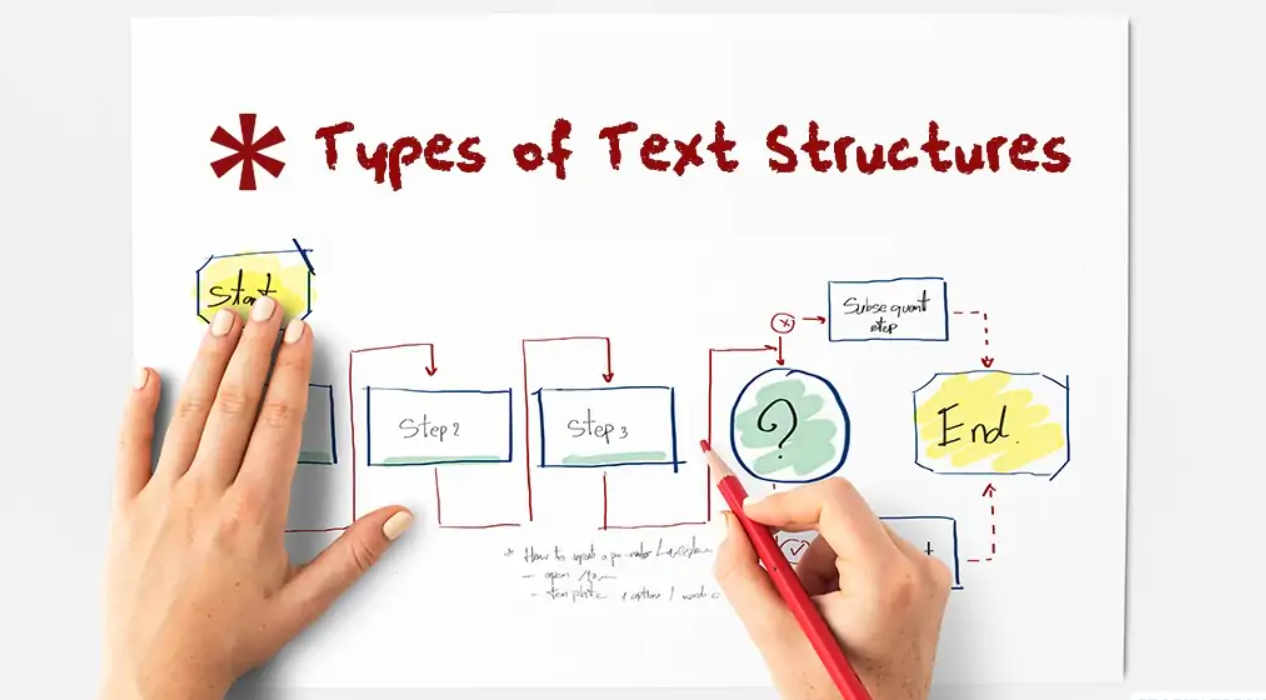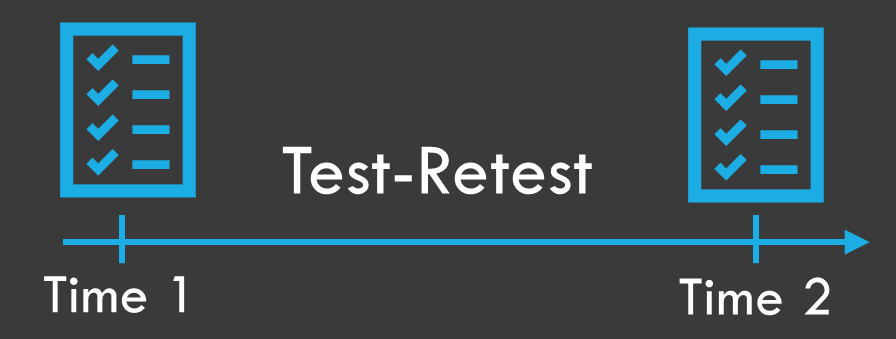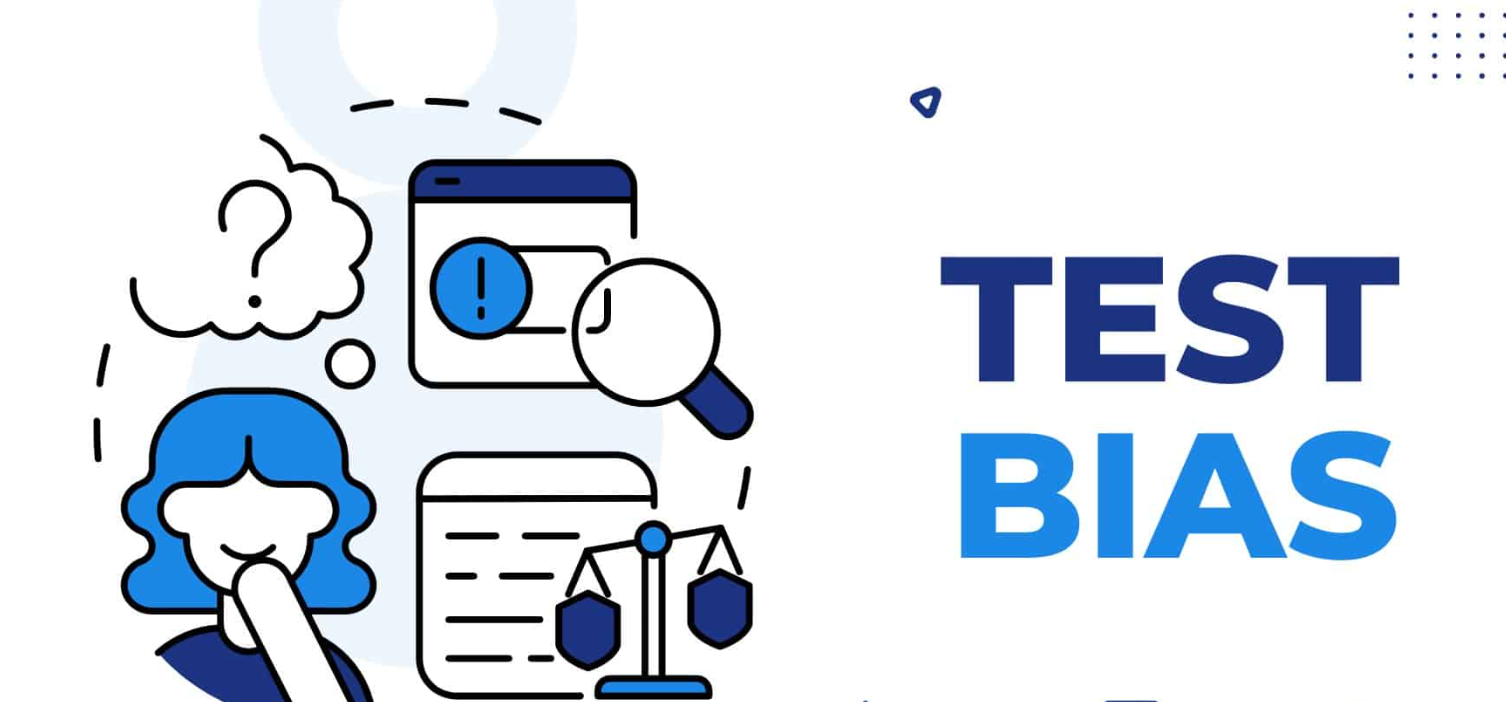Education
Americans with Disabilities Act (ADA)
The Americans with Disabilities Act (ADA) is a landmark civil rights law enacted in 1990 that prohibits discrimination against individuals with disabilities in all areas of public life. This comprehensive legislation aims to ensure equal opportunities for people with disabilities in employment, public accommodations, transportation, state and local government services, and telecommunications. Key aspects of […]
Education
What is the ACT (American College Test)?
The ACT is a standardized test widely used for college admissions in the United States. Key features include: Four main sections: English, Math, Reading, and Science Optional Writing section Multiple-choice format (except for Writing) Scoring on a scale of 1-36 for each section and composite score The ACT aims to assess: College readiness General academic […]
Education
What is the Achievement Gap?
The achievement gap refers to persistent disparities in educational outcomes between different groups of students, typically based on factors such as: Race and ethnicity Socioeconomic status Gender English language proficiency Disability status These gaps are often observed in: Standardized test scores Graduation rates College enrollment and completion Advanced course participation Causes of achievement gaps are […]
Education
What is the Absolute Approach?
The absolute approach, in educational assessment, refers to evaluating student performance against a fixed, predetermined standard rather than in comparison to other students. Key features include: Clear, specific learning objectives Criterion-referenced assessments Pass/fail or mastery/non-mastery judgments Focus on individual achievement of standards Benefits of the absolute approach: Clarity of expectations for students and teachers Consistency […]
Education
What is Text Organization?
Text organization refers to the structure and arrangement of information within a written document. It encompasses: The overall structure (e.g., introduction, body, conclusion) Paragraph organization and transitions Use of headings, subheadings, and other visual cues Logical sequencing of ideas Coherence and cohesion between sections Effective text organization is crucial for: Enhancing readability and comprehension Guiding […]
Education
What is Test-Retest Reliability?
Test-retest reliability is a measure of the consistency of a test or assessment over time. It involves: Administering the same test to the same group of individuals Waiting for a specified time interval Re-administering the test Calculating the correlation between the two sets of scores High test-retest reliability indicates that the test produces stable and […]
Education
What is Test Bias?
Test bias refers to systematic errors in test scores that disadvantage certain groups of test-takers based on characteristics unrelated to the construct being measured. Common sources of bias include: Cultural assumptions in test content Language barriers Stereotype threat Unequal access to test preparation resources Biased item selection or scoring procedures Identifying and mitigating test bias […]
Education
What is Tenure?
In academia, tenure is a permanent position granted to faculty members after a probationary period, typically involving rigorous evaluation of their teaching, research, and service contributions. Key aspects include: Job security and academic freedom Protection from dismissal without just cause Expectation of continued scholarly productivity Involvement in institutional governance Tenure aims to: Protect academic freedom […]
Education
What is Temperament?
Temperament refers to the innate, biologically-based behavioral and emotional patterns that are relatively stable throughout an individual’s life. Key aspects include: Activity level Emotional intensity and reactivity Sociability Attention span and persistence Adaptability to new situations Understanding temperament is crucial in educational and developmental psychology as it influences: Learning styles and preferences Social interactions and […]
Education
What is Teacher Efficacy?
Teacher efficacy refers to a teacher’s belief in their ability to effectively teach and positively impact student learning outcomes. It encompasses: Confidence in instructional strategies Classroom management skills Ability to engage students Capacity to adapt to diverse learner needs High teacher efficacy is associated with: Increased student achievement Greater job satisfaction and retention Willingness to […]

